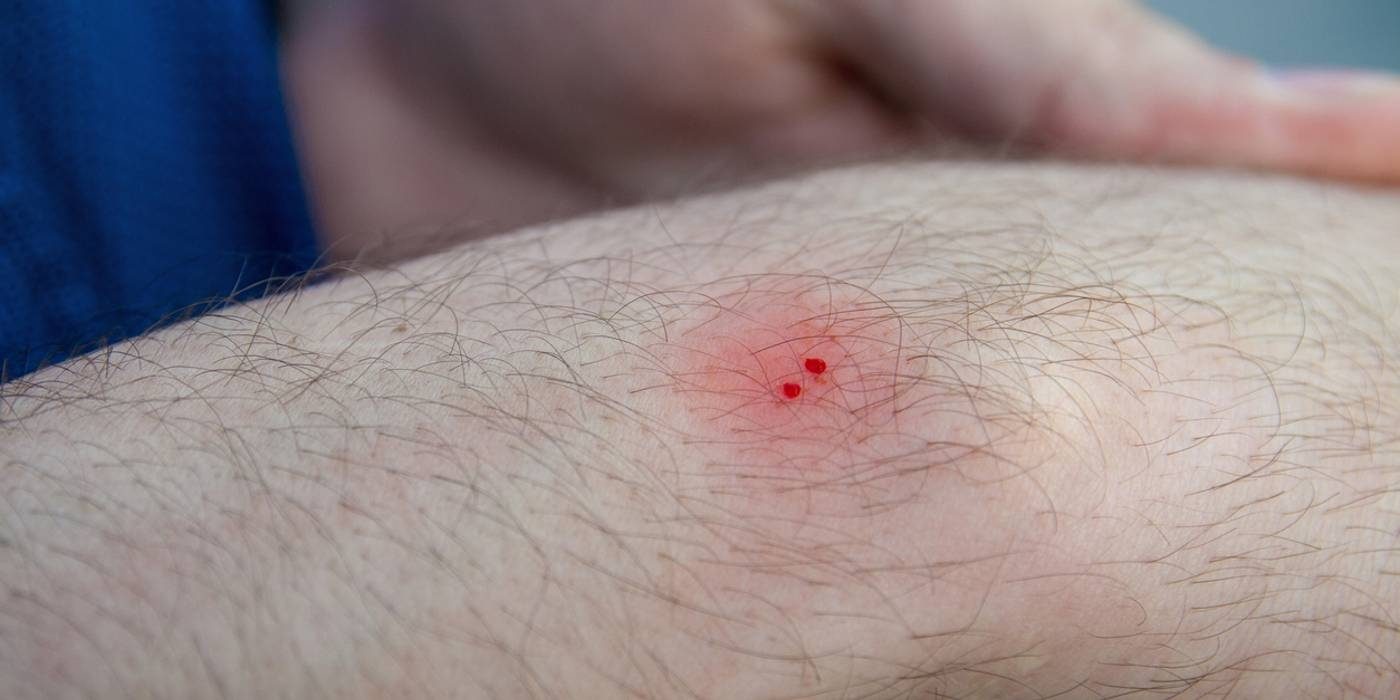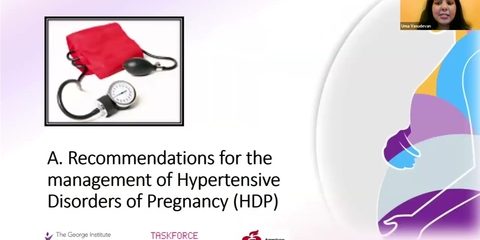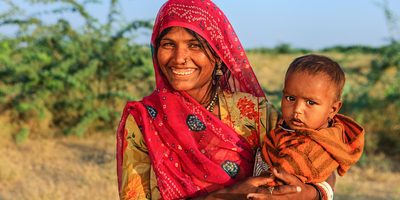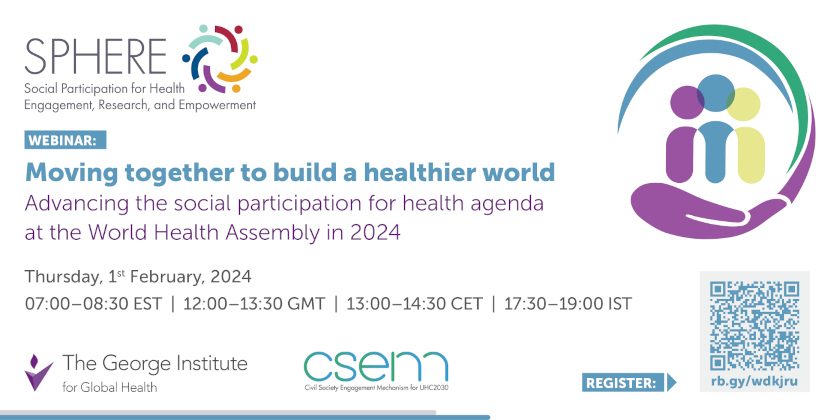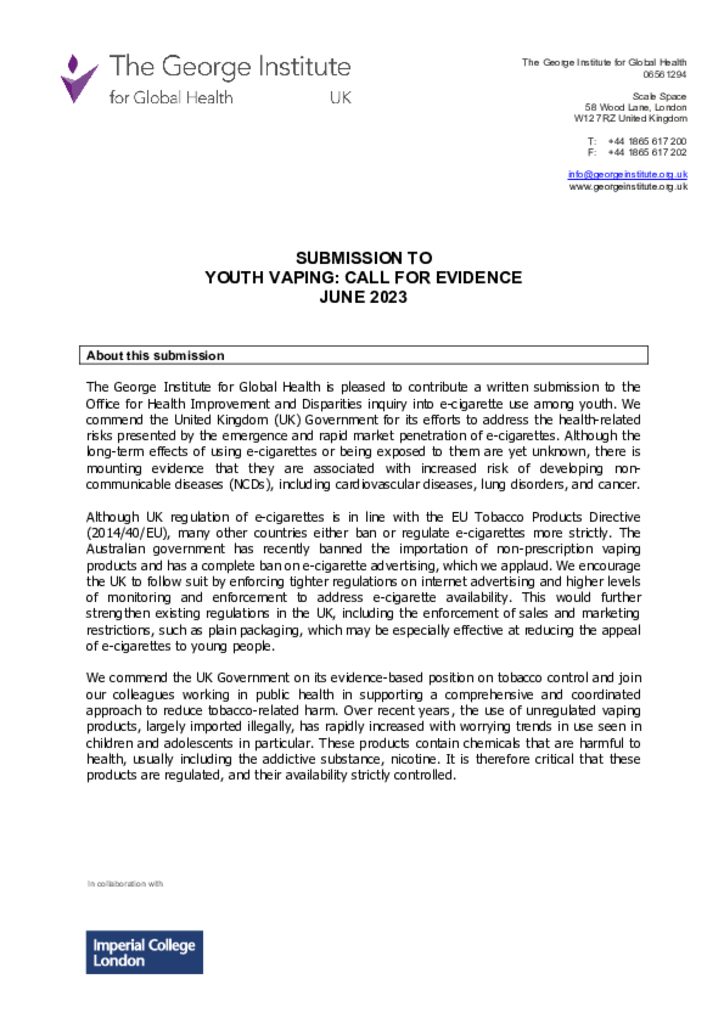Marking World Neglected Tropical Diseases Day on January 30th, we spoke to Soumyadeep Bhaumik, Head, Meta-research and Evidence Synthesis Unit, Health Systems Science, about a rarely discussed topic that he’s become quite an expert in – snakebite. His paper was recently published in the journal PLOS Global Public Health
How big a problem is snakebite, globally?
Snakebite is a public health problem in many low-and middle-income nations. It is estimated that every year there are 5.4 million snakebites leading to between 81,000 and 138,000 deaths, mostly in South Asia, Central, Eastern and Western Africa, and to a lesser extent in South America. India has the highest number of snakebite deaths recorded amongst all nations.
Who is most affected, and is it increasing – if so, why?
Snakebite predominantly affects rural and Indigenous communities, children, young adults involved in agricultural activities, and those from lower socio-economic status. The lack of data makes it hard to tell if its increasing or not but since it will be impacted by climate change, we can only say with confidence that it will change over time. The burden remains high in rural areas of many countries.
What global measures are in place to reduce the burden of snakebite?
The World Health Organization (WHO) added snakebite to its list of neglected tropical diseases in 2017. Subsequently in 2019, WHO set an ambitious target of halving the burden of snakebite by 2030 and identified four pillars of action: ensuring safe and effective treatments; empowering and engaging communities; strengthening health systems; and increasing partnerships, coordination, and resources. This global roll out of the strategy is slated for 2025.
Are there any challenges to snakebite prevention and control initiatives?
The biggest problem for any snakebite prevention and control initiative is the lack of epidemiological data. Local community-based surveys are needed at a sub-district level, particularly in areas with high burden. While in 2019, the WHO defined a target of reducing the snakebite burden by 50% by 2030, it has not defined what the baseline is. Also, it is not clear how they are monitoring progress towards this target. At the country and sub-national level there is no burden data at all. As a result, we see strategies being developed and programs being planned without data – described as ‘hitting targets while being blind-folded.’ That’s why we’re asking the WHO to develop tools and technical guides for conducting surveys and to invest in capacity building. We’d like to see global funders invest in epidemiology studies.
What is currently being done to provide safe, and effective treatments for snakebite?
The WHO has made tremendous progress towards ensuring safe, effective treatments. In many African countries, snake antivenom (SAV) products that are not suitable for use are still available. Because these SAVS are not made from venom of African snakes, the clinical outcomes are poor. This results in mistrust and a lack of confidence in health systems. Many African regulatory agencies, drug control laboratories and health authorities do not have the technical capacity to adequately regulate and control the safety, effectiveness, and quality of SAVs. The work done by WHO so far will allow countries to assess and register these products, approve marketing and evaluate compliance with Good Manufacturing Practices (GMP).
What should future snakebite programs consider?
With very few local producers, African nations depend on imported commercial products from other parts of the world, so funding for local SAV development should be a serious priority. To promote sustainability and viability, countries with similar species of venomous snakes could pool manufacturing facilities to supply their subregion. Public-public partnerships, such as those in Costa Rica and other South American countries should be explored to keep costs down, but there is also technical complexity in establishing and sustaining production locally. Governments could also consider shared quality control and manufacturing entities, setting up high quality venom collection centres at the country-level. This approach should be led by African stakeholders and have a trans-national implementation framework, requiring proactive engagement of the African Union and WHO.
We also need to make snakebite prevention evidence-informed and transdisciplinary. Designing and funding evidence-informed community-based interventions and promoting optimum development, deployment, and utilization of conventional, effective snake antivenom should be priority over lop-sided funding being made available for research on next-generation immune-recombinant antivenom.
Finally, it will be important to future-proof affordability and access to safe, effective treatments. We are now at the midpoint of the WHO strategy - a revision to ensure intellectual property rights for SAVs and other new products would go a long way to improving access. Lessons can be learned from other campaigns to improve treatment access like those from ‘People Over Profit’ and ‘MSF Access’. Turning a blind eye to SAV access issues is an injustice. Ensuring that intellectual property for snakebite treatments and diagnostics are vested in entities in endemic countries (mostly low- and middle-income) will ensure that they are no longer being forced to buy from foreign entities at prohibitive costs. The WHO should take a pro-poor position on intellectual property instead of strategies that are blind to intellectual property.
Can you see a future where snakebite is no longer a global health problem?
Yes, indeed! Snakebite is in effect an outcome of human-environment-snake conflict. A future where snakebite is no longer a global health problem is a future where this conflict is minimal. This will be possible through surveys to inform community-based interventions and health systems strengthening rather than an exclusive focus on snake anti-venom availability. Together the snakebite community has already achieved a lot, but there is more to do.

